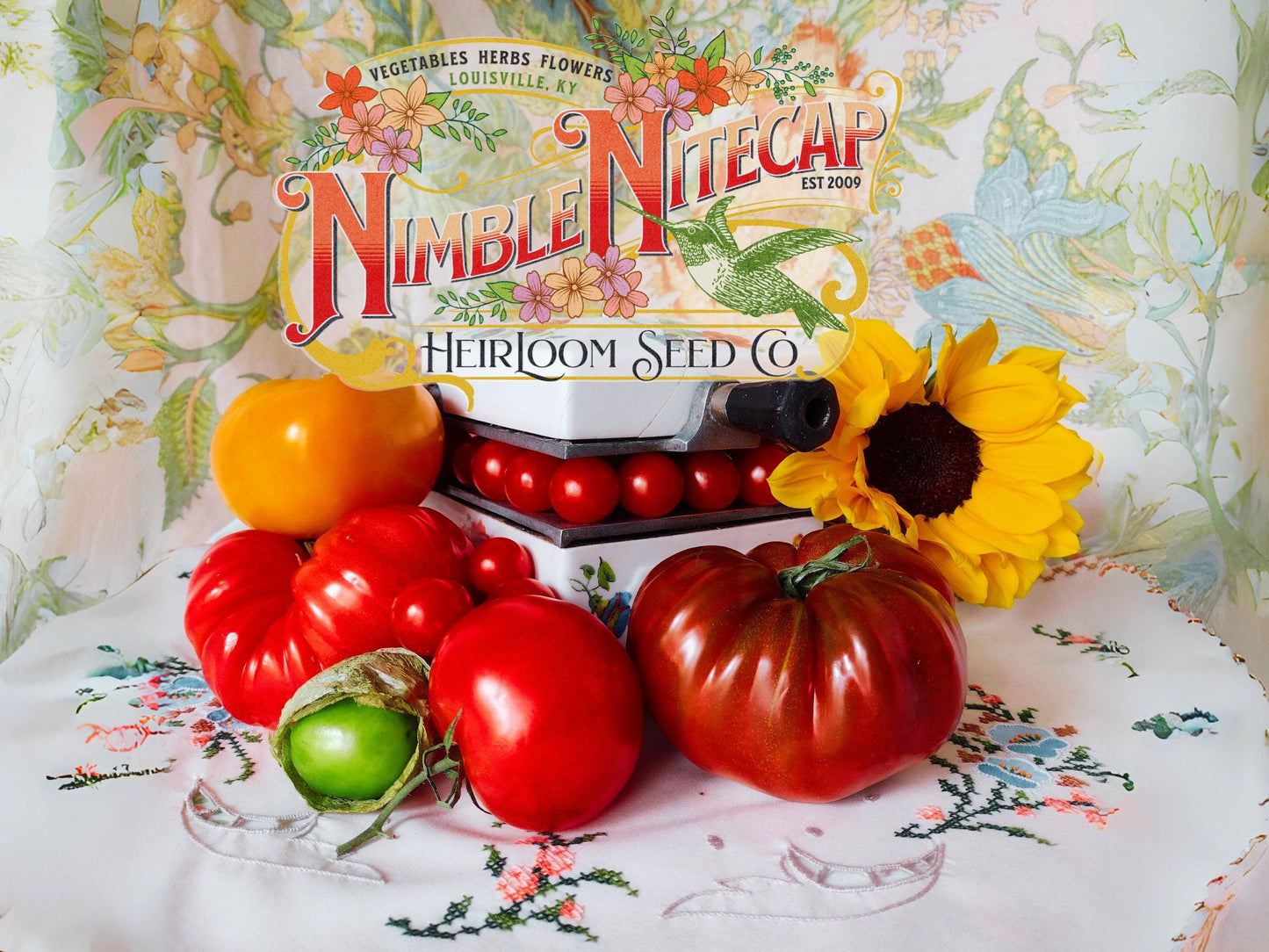This long, slender purple variety is both attractive and flavorful. Homegrown eggplant is far superior to store-bought; they are outstanding when harvested at their tender, succulent peak. Regions of southern and eastern Asia especially appreciate the eggplant, naming it "king of vegetables" and making it a staple of their cuisine. A widely used international food, there are countless recipes from Italy to China to Russia and beyond. Eggplant appears to be a very ancient fruit; the earliest references to it can be found in Chinese and Indian records. Though usually considered a vegetable, botanists classify eggplant as a berry. Early varieties of eggplant were named for their resemblance to large white eggs; in Europe, eggplant is usually referred to as aubergine. In medieval times eggplant were called mad apples, because they were thought to induce insanity. Experimental horticulturist Thomas Jefferson included varieties of eggplant in his gardens; at the time, growers used eggplant mostly for decorative purposes.
~ planting ~
Though gardeners with long growing seasons will be able to direct sow their eggplant seed when the soil reaches 70 degrees F, starting the seed indoors is best in most areas. About 8-10 weeks before the last expected spring frost, plant long oriental fingerling eggplant seeds in pots 1/4" deep. Keep them in a sunny window or under a grow light, maintaining a temperature of around 80 degrees. Germination of eggplant can be spotty, and may take several weeks. Keep the seedlings moist and provide organic matter for the best development. Gradually expose them to the elements by leaving the pots outdoors during the day. When the average air and soil temperature reach 70 degrees, or about 3 weeks after the last frost, plant the seedlings in well drained soil in full sun; for fullest growth, allow each plant 2-3' in all directions. Eggplant also grows very well in container gardens; most northern gardeners depend on this method in order to succeed in growing this heat loving plant.
Planting Depth 1/4"
Soil Temp. Germ. 85
Days to Germ. 14+
Plant Spacing 18–28”
Row Spacing 30–36”
Days To Maturity 70-80
Full Sun, Moist Well Drained Soil
~ growing ~
Eggplant thrives in the full heat of summer; row covers, black plastic, or other methods to conserve heat may be necessary in some climates. If temperatures threaten to fall below 55 degrees F, cover the plants. As soon as the seedlings become established, mulch them to conserve moisture and control weeds. Keep the soil evenly moist, and apply fertilizer or organic matter once monthly.
~ harvesting ~
When the skin of an eggplant begins to take on a high gloss, it is nearly ripe. To test for ripeness, press gently on the skin; if the flesh remains indented, it is ready to be harvested. Eggplant reach their best eating quality at about 1/2 their mature size, sin











